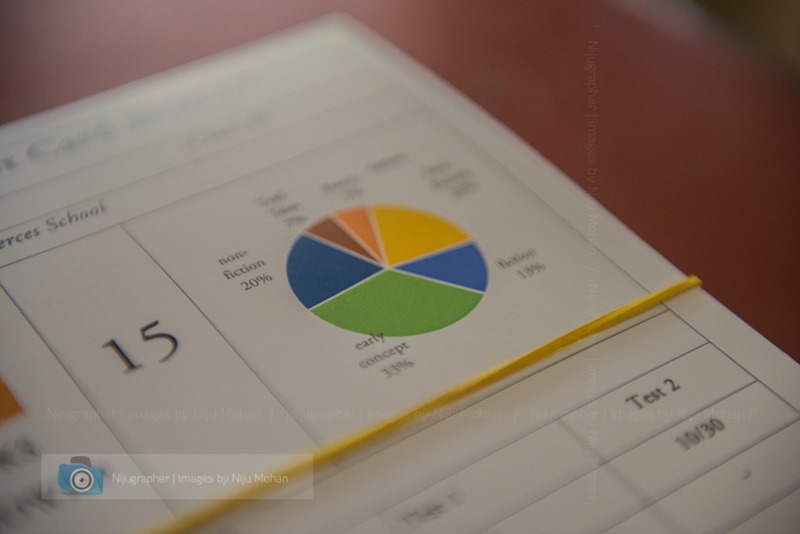This is first part of the Data Science blog posts which are coming up over the next few months
Over the course of the last few years of running the Libraries in Schools program, one thing we have been constantly doing is to improve and incorporate innovations using technology to manage our school data.
In this academic year, we have completely digitized our library lending system for the Libraries in Schools program. Although this added to the list of things like rigourous data entry and cross checking that the team had to do, at the end of the year we realise, it also helped us to manage the book lists better, make sure we have a heterogeneous collection books on various genres and look at the kinds of books children are reading.
This year in addition to our reading assessment data, we have introduced a LiS Report Card for standard 3. Although, we were unsure about how to go about it we were sure we wanted to reward the children for embracing the library with such enthusiasm and legitimise the time spent in the library period with a careful documentation. The idea of a formal report card we imagine will also legitimise the library progress of each child and the program as a whole among parents and teachers. The report card has quantitative results like the number of books children have read, the genre breakup to understand the diversity of their reading, scores from reading and writing tests that we conduct in the library class and a qualitative comment from the library educator for each class.
One of things we have realised over the course of preparing the report card is that when you give children a varied collection, they explore the collection borrowing different genres and then narrow down to one or more genre(s) she prefers. Although, we are yet to do a cross-sectional analysis, this is something we have been seeing throughout our data when we cross checked the report cards. This is the breakup of what standard 3 children have borrowed (6809 out of 27253 issued) over the course of last academic year.
We are glad that we were able to deliver about 400 report cards to children (out of 1634 children) we work with and we are looking forward to analysing the data in more detail and also hearing about their reactions to a library report card !






This is wonderful !!! I love it
Thanks Noel!